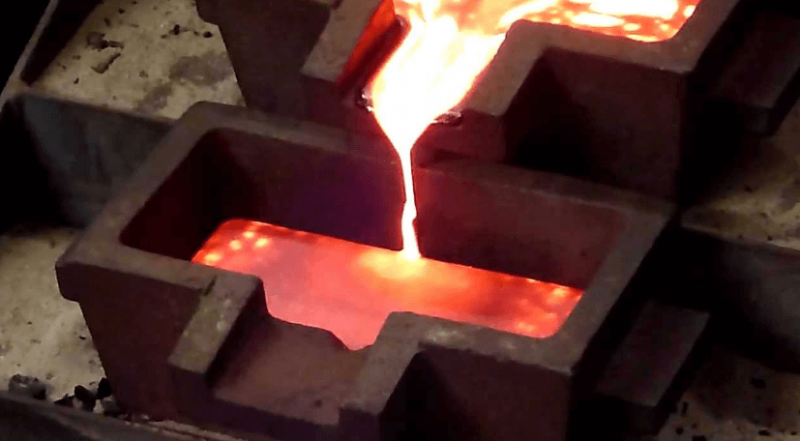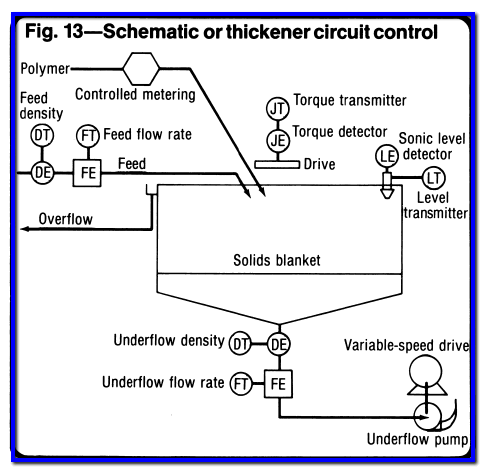Niton XL3T XRF Analyzers
Welcome to a brief handheld XRF positive material Identification Analyzer tutorial. For complete operating and maintenance guidelines, you should always refer to the operator’s manual. These instruments use X-ray fluorescence to allow users to identify the elemental makeup of alloys and numerous other materials, to determine heavy metal content in soils, to look for lead […]
X-Ray Fluorescence Spectroscopy XRF

In X-ray fluorescence spectroscopy an X-ray source is used to irradiate the sample with X-ray radiation. If the energy of this radiation is sufficient, then it will interact with the atom’s inner shell electrons causing them to be kicked out. Almost immediately, a relaxation process takes place where one of the outer shell electrons fall […]
How HandHeld XRF Works

So, most of you who are attending today are affected in some way by regulations of consumer products or hazardous substances in consumer product manufacturing. Today we’ll be giving you two of the big regulations: RoHS and CPSIA. We’ll talk about how as a manufacturer or importer subject to regulation you can set up a […]
XRF X-Ray Fluorescence

X-ray fluorescence or XRF is an analytical technique that has been used for many years to determine the elemental composition of a wide variety of materials. Examples include metal alloys, minerals and petroleum products. X-rays form part of the electromagnetic spectrum. They are on the high energy side of the ultraviolet and are expressed in […]
Principle of XRF & XRD

But first, I want to start with a basic Principle of XRD and XRF technology and how they are similar and how they differ. So, what is X-ray fluorescence? Very simply put, X-ray fluorescence uses an excitation source to excite elements, electrons within an atom. This excitation will eject an electron from its orbital, and […]
Autoclave Design and Scale-Up
Commercial pressure leaching autoclaves have been in operation since mid 1950s. Historical production data suggest that these early autoclaves were originally designed with excess capacity (Berezowsky, Collins, Kerfoot, and Torres, 1991). Process development initially consisted of tests in batch autoclaves. While in some cases this stage had been followed by continuous pilot plant tests in […]
Melting Gold Alloys for Casting

The problem of scrap is probably of greater importance in the production of gold, silver and other precious metal alloys than is the case for base metals and alloys. Remelting of gold and silver scrap in the shop is always a costly process because it involves losses by oxidation of the base metals in the […]
Infographic List
30 Ghana Gold Facts Asteroid Mining Mining & iPhone Recycling Ocean Floor Mining How Moon Mining Works Mining Minecraft Diamond Mining the Arctic Minerals 7 Dangerous Minerals 7 Top Rare Earths Mining the Moon 5 most colourful minerals 5 minerals hard names 5 Rarest gemstones 5 More elements for life Elements life depends on 15 […]
Effect of P80 Grind Size on Flotation Collector
Flotation Performance in Function of Collector Type & Dosage at Fixed Grind Size: The drop-off in measured plant recovery due to excessive collector dosage has been described. In the above publications, a rate model was used for describing experimental cumulative recovery versus time data of the form: r = R { 1 – [1/(Kt)][1- exp(-Kt)]} where […]
Thickener Process Control Strategy

The objectives of thickener control are varied, but in most instances, the objective is to dewater the slurry, reclaim the clear overflow for reuse in the process, and produce a thickened or more dense underflow, which can either be rejected, in the case of tailings, or used as feed for subsequent unit operations. The general […]
